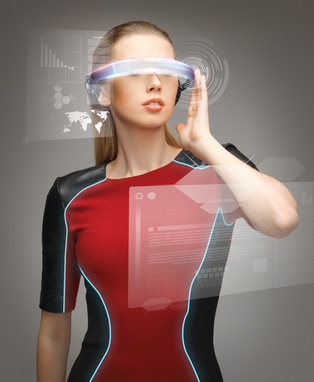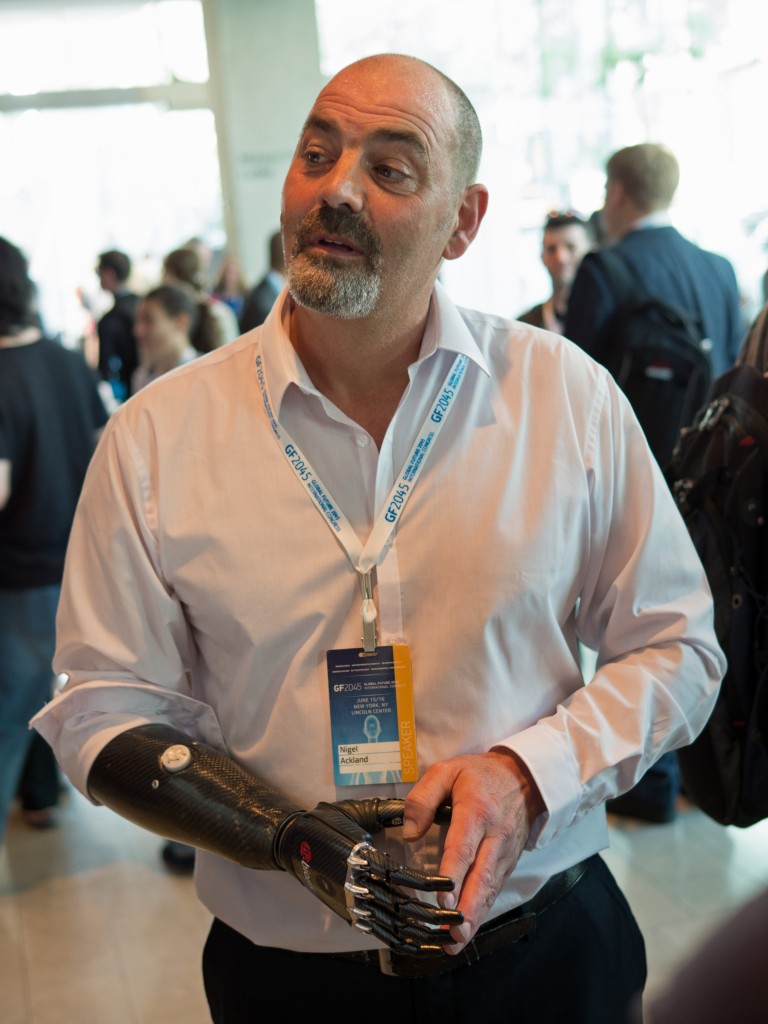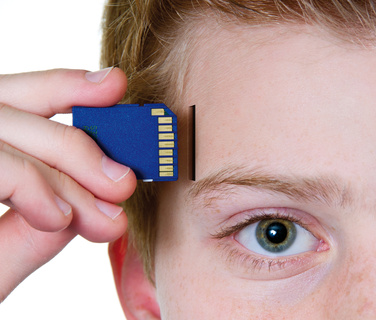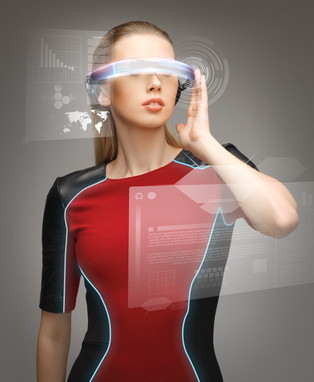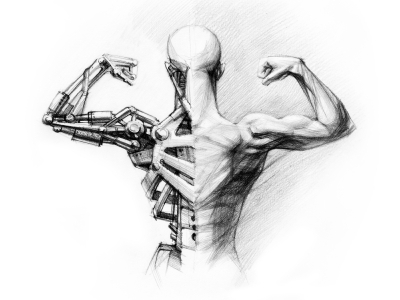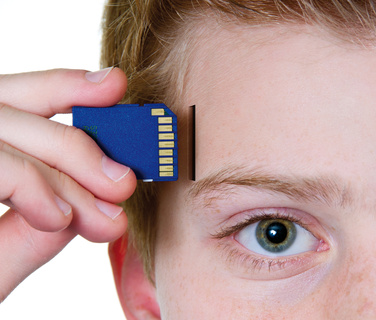 I often wonder what the next few decades are going to look like. Many forms of media, from the commercial news to video games, seem to tell stories about androids with a human conscience and men with metal arms.
I often wonder what the next few decades are going to look like. Many forms of media, from the commercial news to video games, seem to tell stories about androids with a human conscience and men with metal arms.
Indeed, many articles show us that such a future is not so far from reality. We have prosthetic arms that, like their biological counterparts, operate via thought. Devices such as Google Glass that are beginning to offer a deeper look into the realm of augmented reality. Virgin Galactic is in dedicated pursuit of commercialized space travel. Ocular Rift is bringing us that much closer to realizing something not too distant from The Matrix.
Yes, I say, this strange and unprecedented future is at the doorstep, and it is knocking.
This is where I begin to doubt. Follow me if you will.
Like many others I take a great interest in the content of other thinkers. My example here is Mech: Human Trials, a short film about a possible avenue of personal advancement. If you have not seen it I would recommend you view the short film now before you continue reading. I do not want to unwittingly spoil the rich, creative production provided.
I, like the man in the short film, have always wanted to do more. I have always wanted to “be” more. To do something worth doing. To live a life worth living.
My ego tells me that the science of human augmentation is going to give me that capability. Augmentations will make me faster, stronger, smarter. A true bionic man. The pinnacle of human advancement. Just thinking about such a monumental blessing literally has me salivating.
It is at this point I thank the stars for my pessimistic bent. Let me explain.
Humans have an avid tenacity for addiction. Sex, drugs, even plastic surgery. Sadly, I do not see the augmentation of ones’ own body as any different. Take a look at steroid use and its current prevalence today.
One of the most popular methods of performance enhancement is the anabolic steroid. A cursory look on any news franchise sports page is going to reveal the same conclusion. In addition you’ll also find heavy debate about the ethics of such in national sports chains. The same is true about the prevalence of plastic surgery among the glitterati.
So what? You may ask. A person has a right to their own body and I don’t even care about sports anyway.
Well, you miss the point then. The point is not about steroids or plastic surgery at all. The point is about access to the capability to augment yourself and the possible detriments it can bring.
Cybernetic, genetic and biological augmentation is no different. I do believe however, that it is a great deal more dangerous. You see, one might wreck his or her own anatomy with face-lifts and anabolic use. We can pass this off as the consequences of personal choice. However, one could become a walking death machine with cybernetic enhancements.
I tell you all, honestly and truthfully, I would be that walking death machine given the chance.
Now, here, before I incite the rage of the scientific community at large, I will explain further.
I feel no ill will toward my fellow man. I do not thirst for blood or wanton destruction. I only want to be the best me that I can be. However, there are others less interested in self-improvement. Indeed there are others that truly are interested in terror and bloodshed.
What if these people had access to the same kinds of augmentations?
Roleplaying games like Shadowrun depict gangsters with industrial grade machinery for limbs. Video games like the Deus Ex franchise show us corporate soldiers bedecked in an arsenal of killing machines, from limbs that turn into rocket launchers to skin that can turn invisible.
To give you a current, if “reachy” example, let’s take a look at ISIS. What if ISIS militants had access to cybernetic augmentations? What if terrorist organizations like them could suddenly contend with and possibly overcome first world military forces?
Should then the capability to augment yourself be controlled? Similar to a prescription you would receive from a doctor.
Should augmentations be ruthlessly controlled or even illegal?
For the moment I am unsure. What I am sure about is the need for caution. The concept of human augmentation has the same capabilities as weapons of mass destruction.
I believe it deserves the same grave consideration.
About the Author:
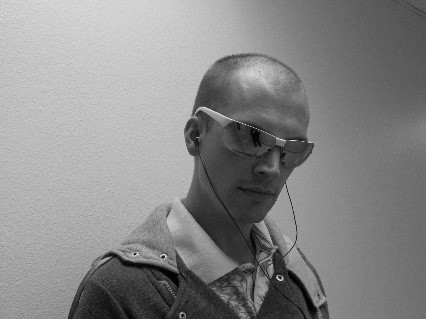 Richard Ruth is an avid writer, devoted Transhumanist, blogger and podcast host for the UpstartsUS blog and podcast and a driven entrepreneur. Born and raised in Montana, Richard has served abroad in the military, holds a degree in Computer Science and is happily married to his loving wife, Alissa Ruth.
Richard Ruth is an avid writer, devoted Transhumanist, blogger and podcast host for the UpstartsUS blog and podcast and a driven entrepreneur. Born and raised in Montana, Richard has served abroad in the military, holds a degree in Computer Science and is happily married to his loving wife, Alissa Ruth.

